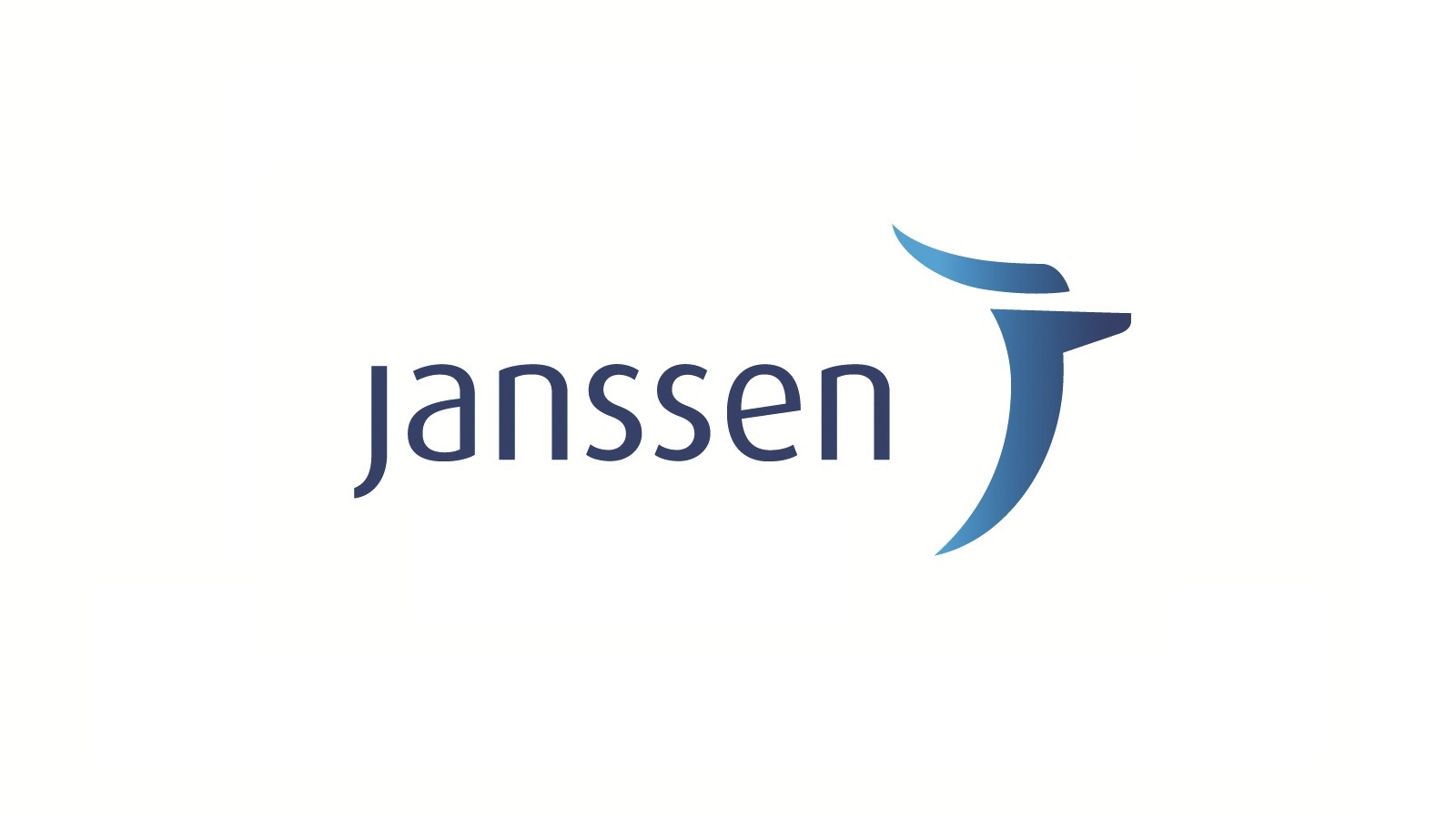Janssen launches psoriasis drug Tremfya in UK

Janssen’s Tremfya (guselkumab) psoriasis drug has been launched in the UK, where it hopes to steal sales from a crowd of well-established drugs such as Novartis’ Cosentyx.
The launch in patients with moderate to severe disease is backed by data showing that Tremfya is effective in patients who have failed to respond to the company’s established psoriasis drug, Stelara (ustekinumab).
The market for psoriasis drugs is crowded, populated by drugs such as Cosentyx, and more recently launched competitors like Lilly’s Taltz and Leo Pharma’s Kyntheum that block interleukin-17.
However Tremfya blocks interleukin-23 and while J&J already has enough data for approval, it is waiting on trial data that it hopes will show superiority over Cosentyx.
Janssen, which is part of Johnson & Johnson, already has results showing Tremfya is superior to AbbVie’s inflammatory diseases blockbuster Humira.
Safety data from Tremfya in clinical trials were also reassuring - there were no clear signals of increased risk of malignancy, major cardiovascular events or serious infections, including tuberculosis and re-activation of latent tuberculosis, although it may increase risk of infections.
This brings Tremfya in line with competitors such Cosentyx and Taltz, and gives it an advantage over Kyntheum (brodalumab), which AstraZeneca licensed to Leo in Europe after a link with suicidal ideation emerged in clinical trials.
Frank Wiegand, medical director at Janssen UK, said: “At Janssen, we are committed to bringing innovative new therapies that help to improve the lives of those living with these debilitating diseases. The availability of guselkumab in the UK provides an innovative new option to help address the continued needs of people living with plaque psoriasis.”
Janssen said the list price for guselkumab is £2,250 per 100mg. NICE is already assessing the drug and based on current timelines, Janssen anticipates a decision by June next year. Janssen also plans to submit a dossier to the Scottish Medicine Consortium in December 2017.












